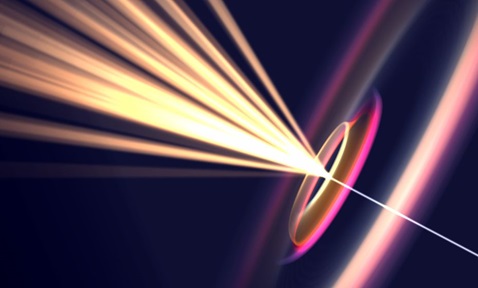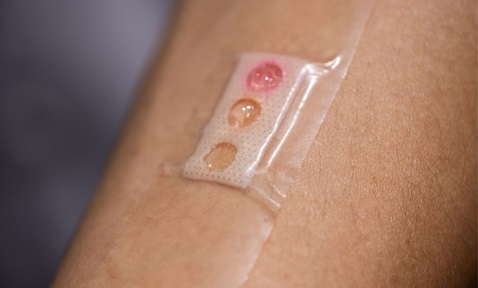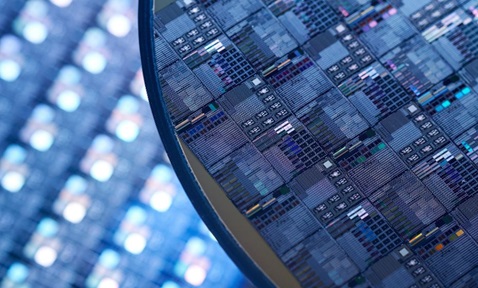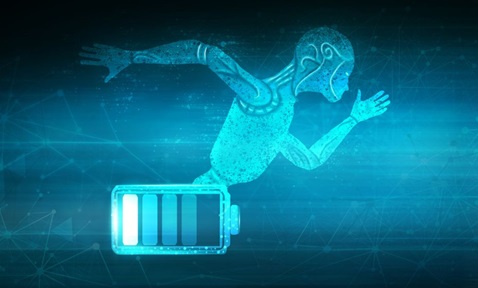
Electron Pumps
Synopsis
This invention presents a miniaturised nano-scale electron pump that generates electric transient current by contacting and separating two semiconductor electrodes. It can be used as electric current generators, mechanical-electric interfaces and self-powered mechanical sensors.
Opportunity
Electric energy can be converted from mechanical energy using principles such as electromagnetic induction, electrostatic induction, triboelectric effect and piezoelectric effect. Electromagnetic generators, which rely on a rotating or vibrating coil in a magnetic field, are typically bulky and challenging to miniaturise. Other electric generators based on electrostatic induction, triboelectric effect and piezoelectric effect has very high internal impedance, resulting in low conversion efficiency from mechanical to electric power.
This invention of electron pumps offers a new working principle. The electron pump generates electric transient current by contacting and separating two electrodes made from n-type and p-type semiconductor materials. This device can serve as electric current generators, mechanical-electric interfaces and self-powered mechanical sensors. It can be easily miniaturised down to the nanometre regime using micro-electro-mechanical systems (MEMS) and nano-electro-mechanical systems (NEMS) technology, allowing seamless integration with semiconductor devices and IC chips.
Technology
This invention relates to an energy harvester and its method. The energy harvester comprises a first electrode, a second electrode and a load. The first electrode consists of a semiconductor material, while the second electrode comprises either a second semiconductor material or a metal. The load is connected between the first and second electrodes, electrically linking a first end of the first electrode to a first end of the second electrode. Relative movement of the electrodes causes their second ends to contact and then separate, generating a current flow through the load.
Applications & Advantages
Main application areas include micro/nano electric current generators, mechanical-electric interfaces and self-powered mechanical sensors.
Advantages:
- Capable of being reduced to nanometre regime.
- Seamlessly integrates with semiconductor devices and IC chips.
References:
- Qing Zhang, Ran Xu and Weifan Cai, “Pumping electrons from chemical potential difference”, Nano Energy, 51(2018) 698-703
- Shuo Deng, Ran Xu, Min Li, Lijie Li, Zhong Lin Wang and Qing Zhang, “Influences of surface charges and gap width between p-type and n-type semiconductors on charge pumping”, Nano Energy 78 (2020) 105287
- Shaoxin Li, Shuo Deng, Ran Xu, Di Liu, Yang Nan, Zhiwei Zhang, Yikui Gao, Haifei Lv, Min Li, Qing Zhang, Jie Wang, Zhong Lin Wang, “High frequency mechanical energy harvester with direct current output from chemical potential difference”, ACS Energy Letter, 7(2022)3080




.tmb-listing.jpg?Culture=en&sfvrsn=3b74ec1c_1)
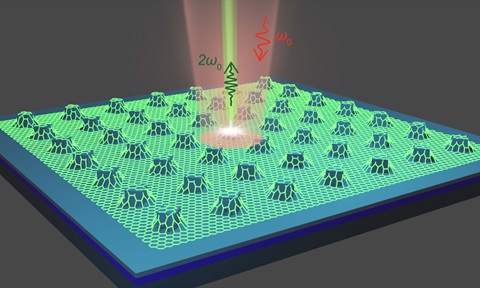

.tmb-listing.jpg?Culture=en&sfvrsn=414f0d90_1)
